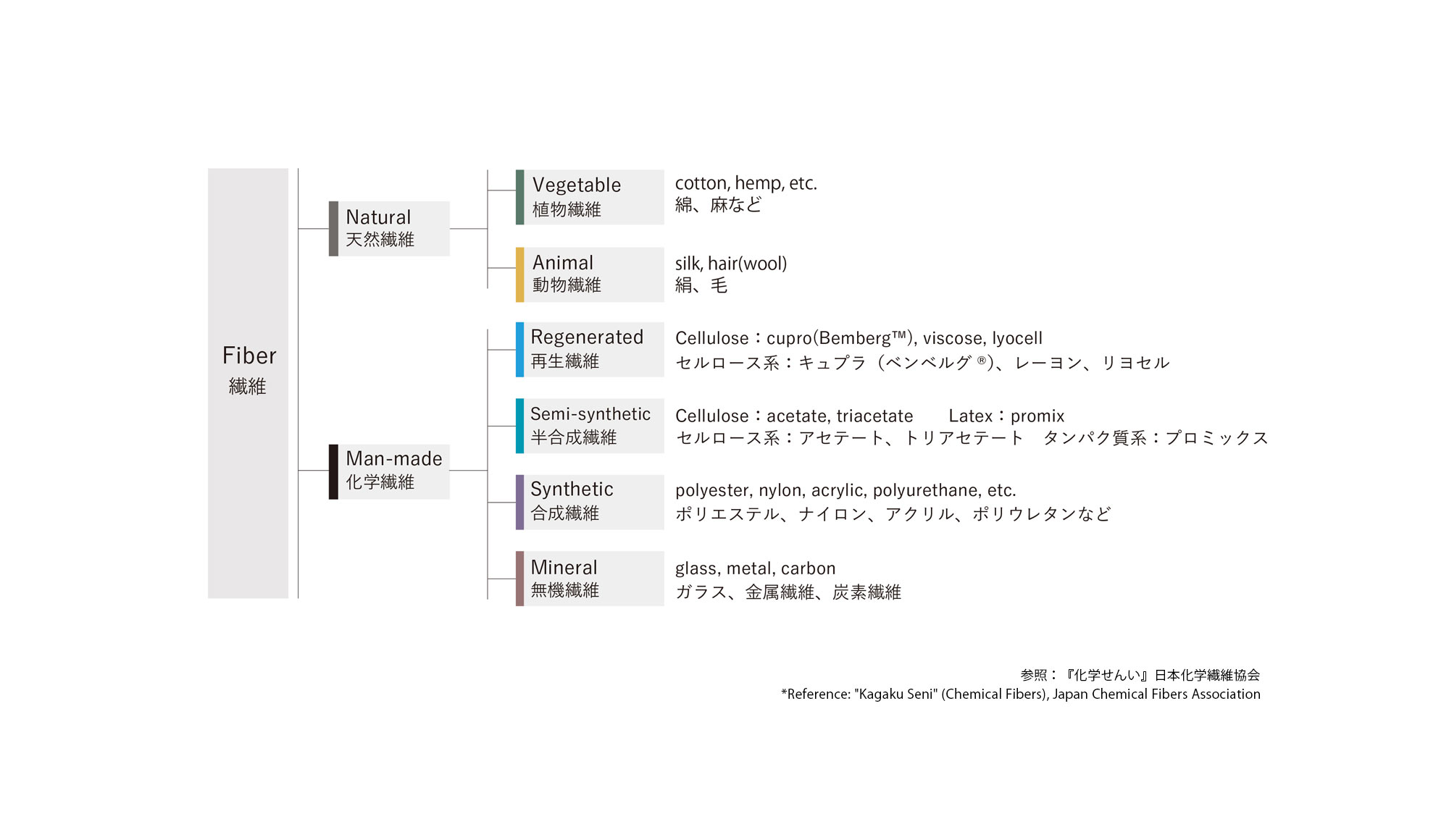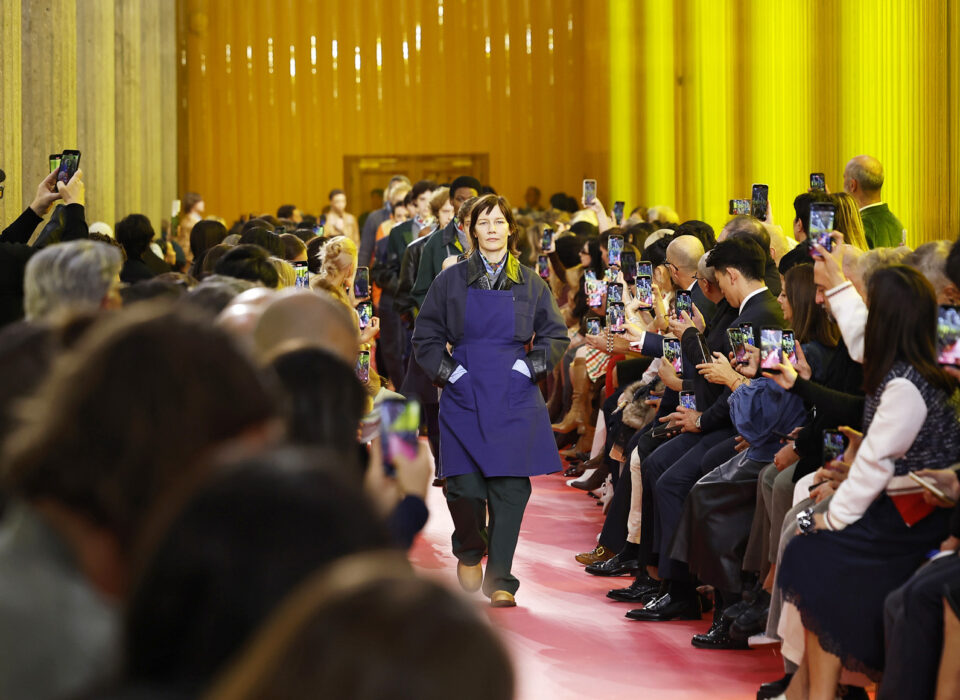

- VOICE
- NAKAMURA COLUMN
- TEXT : NORIKO NAKAMURA (Asahi Kasei, Bemberg™ Coordinator)
The Affinity of Bemberg™ with Ballet
I recently had the opportunity to watch a special gala concert featuring a number of renowned ballet dancers, including a danseur étoile from the Paris Opera Ballet. It was a very glamorous performance befitting the start of the new year, but as I was only invited by a friend and am not familiar with ballet, I was captivated above all by the dazzling physical beauty of the dancers. Their bodies exuded overwhelming beauty as they danced on stage, and I was intoxicated just by watching them.
After returning home, still enchanted by my first experience of ballet, I found myself binge-watching ballet-related videos online and even considering joining a ballet class for middle-aged beginners (setting aside the issue of whether I’d wear white tights and a leotard). I also recalled that a world-renowned ballet dancer had been featured in a Bemberg™ advertisement in the early 2000s. In that moment, I deeply resonated with the brand image that Bemberg™ aspires to—the universal beauty and dynamic expression that ballet so powerfully embodies.
-
The cupro vs. Bemberg™ Problem
“Bemberg™ is Asahi Kasei’s brand of regenerated cellulose fiber, cupro.” This is the Bemberg™ descriptor (explanation) we use in advertising, but for those who don’t know anything about Bemberg™, cellulose fiber, or cupro, it’s probably just a meaningless string of words.
-

“Regenerated cellulose fiber” = A common term used when classifying chemical fibers
“Bemberg™” = Asahi Kasei’s brand name for the general fiber cupro
“cupro” = General fiber name
Considering that Asahi Kasei is the only company in the world that currently produces cupro, cupro is synonymous with Bemberg™.
This explanation may not be sufficient, but Cupro and Bemberg™ refer to the same material. So whether you call it by the brand name or the generic fiber name, it doesn’t really matter—though they are sometimes mistakenly regarded as different things.
Furthermore, the English term for the fiber is “cupro,” but in Japanese it is called “cupra,” which may cause further confusion in the cupro vs. Bemberg™ issue.
In parallel with this issue, when promoting Bemberg™ or cupro in territories where neither of the two are well known, we are sometimes asked questions such as, “Is Bemberg™ polyester?” or “What percentage of cupro is it?” When I was asked these questions, I would scream in my head, panic, and get upset, saying, “There it is again: ‘What percentage of cupro is it…?’ Where should I start explaining this?” But next time I receive a question like this, I want to respond smoothly and smartly by saying, “cupro is the name of a fiber, just like cotton and polyester, so it’s not a mixture of anything.”
-
Commonalities between ballet and Bemberg™, and gender representation
Putting the cupro vs. Bemberg™ issue aside, Bemberg™ is a fiber that has an elegant luster like silk, is soft and smooth, and often exudes a sensual look. It can be transformed into a simple and sturdy classic fabric, or a unique and avant-garde material, and is used for a variety of purposes, including clothing.
Yes, Bemberg™ has the unique ability to blend in with the dignified appearance of classical ballet, such as “Swan Lake,” which are reassuringly stereotypical, as well as with unconventional performances such as “Le Parc,” in which a man and woman in pajamas sensually intertwine, making you wonder, “What is this dance where they playfully caress each other’s bodies?”
However, while I was being enthralled by the pas de deux, a dance performed by a man and a woman, I became conscious of the difference in roles between men and women as I watched the performance in which the male dancer led and supported the female dancer. Then, whether unconsciously or semi-compulsorily, when I thought about the traditional feminine social role that I had chosen, my cheerful feelings for the new year suddenly changed and I felt a sense of distress.
The clothes we wear are inevitably a means of gender representation, but even in promoting Bemberg™, the fiber that makes up these products, we want to keep that awareness in mind and continue to engage with society sincerely.
( Asahi Kasei PR )





